Guatemala, located in Central America, is a country steeped in rich history, diverse culture, and breathtaking natural landscapes. From its ancient Mayan ruins to its vibrant indigenous communities and lush rainforests, Guatemala offers a captivating tapestry of experiences for travelers and scholars alike. In this comprehensive exploration, we’ll delve into the essence of Guatemala, covering its geography, history, culture, economy, and current affairs.
Geography:
Guatemala’s geography is characterized by its diverse terrain, which includes mountains, highlands, rainforests, and coastal plains. The country is bordered by Mexico to the north and west, Belize to the northeast, Honduras to the east, and El Salvador to the southeast. To the south, Guatemala is bounded by the Pacific Ocean.
The Guatemalan Highlands, which extend across much of the western part of the country, are dominated by a series of mountain ranges, including the Sierra Madre and the Cuchumatanes. This region is home to Guatemala’s tallest peaks, including Tajumulco, the highest point in Central America.
To the north of the highlands lies the Petén region, which is characterized by its dense rainforests and ancient Mayan ruins. The Petén is home to Tikal, one of the most iconic archaeological sites in the world, as well as other lesser-known Mayan cities such as El Mirador and Yaxha.
The Pacific coast of Guatemala is relatively short but offers beautiful beaches, mangrove forests, and coastal towns such as Monterrico and Puerto San José. The Caribbean coast, on the other hand, is characterized by its coral reefs, barrier islands, and Garífuna communities.
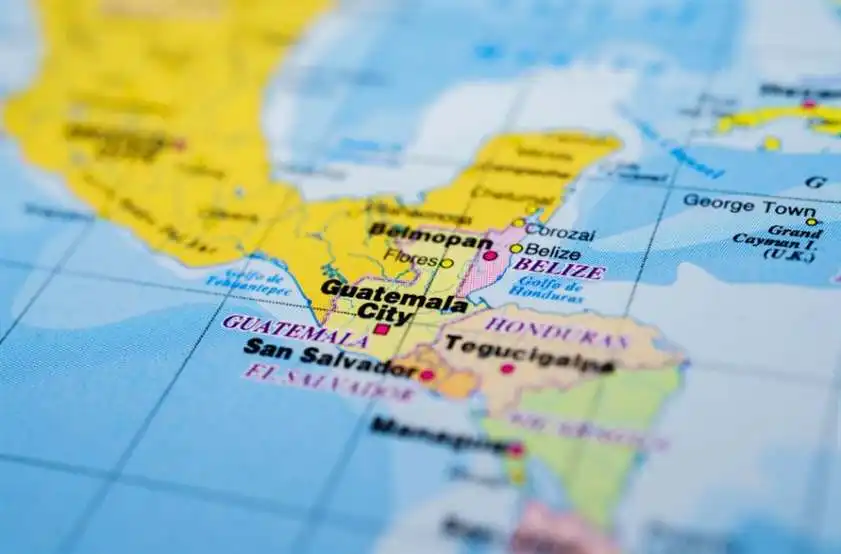
History:
Guatemala’s history is deeply rooted in its indigenous cultures, which have inhabited the region for thousands of years. The territory of present-day Guatemala was once home to powerful Mayan civilizations, such as the Kaqchikel, K’iche’, and Mam, which flourished for centuries before the arrival of Europeans.
In 1524, Spanish conquistador Pedro de Alvarado arrived in Guatemala and conquered the indigenous peoples of the region, establishing the Spanish colony of Guatemala. The Spanish imposed their language, religion, and culture on the indigenous population, leading to centuries of colonial rule and exploitation.
During the colonial period, Guatemala was part of the Captaincy General of Guatemala, which also included present-day El Salvador, Honduras, Nicaragua, and Costa Rica. The region was ruled by a series of Spanish governors and administrators, who oversaw the extraction of resources and the exploitation of indigenous labor.
In the early 19th century, Guatemala, like much of Latin America, began to experience movements for independence from Spanish rule. Figures such as José de Bustamante y Guerra, Rafael Carrera, and Justo Rufino Barrios led military campaigns and political movements against Spanish and later Mexican rule, eventually leading to Guatemala’s independence in 1821.
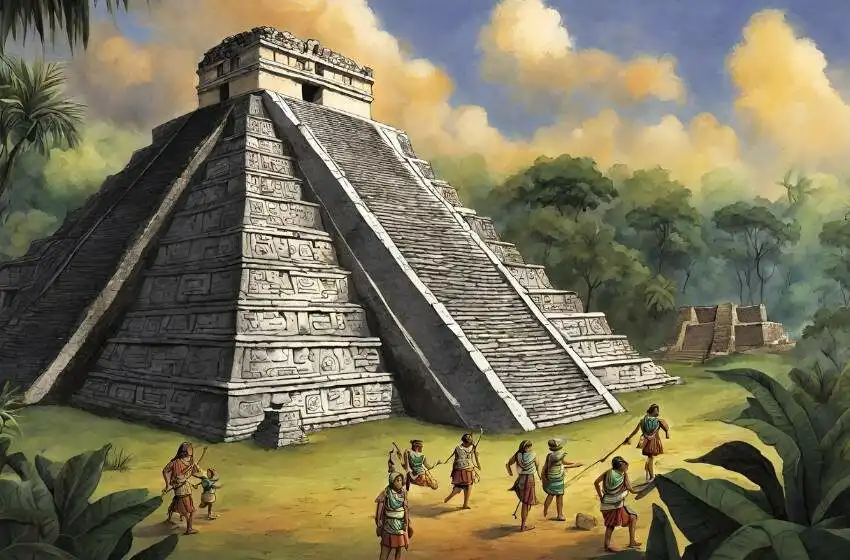
Culture:
Guatemalan culture is a vibrant blend of indigenous, Spanish, African, and mestizo influences, shaped by centuries of migration, colonization, and cultural exchange. Music, dance, art, literature, and cuisine all play a central role in Guatemalan culture, providing a rich and diverse expression of national identity.
Music is an integral part of Guatemalan culture, with genres such as marimba, son, and cumbia enjoying widespread popularity. Traditional instruments such as the marimba, quena, and güiro are commonly used in folk music, while orchestras and ensembles perform classical and contemporary compositions.
Dance is also a cherished tradition in Guatemala, with styles such as the baile de los moros y cristianos, danza de los venados, and marimba being performed at festivals, celebrations, and social gatherings throughout the country. Traditional dances often incorporate elements of indigenous, African, and European culture, reflecting Guatemala’s multicultural heritage.
Guatemalan cuisine is diverse and flavorful, with regional specialties ranging from pepián and kak’ik to tamales and atol. Staples such as corn, beans, rice, and chilies are commonly used in Guatemalan cooking, while meats, seafood, and tropical fruits add variety and depth to the cuisine.
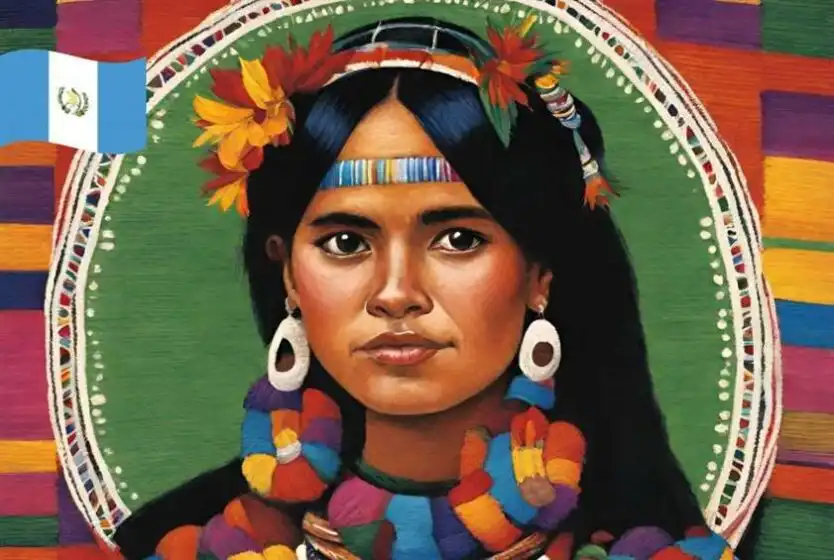
Economy:
Guatemala has a mixed economy with a diverse range of industries, including agriculture, manufacturing, services, and tourism. The country is one of the world’s leading producers of coffee, sugar, and bananas, as well as a major exporter of textiles, apparel, and handicrafts.
Agriculture is a significant contributor to Guatemala’s economy, employing a large portion of the population and generating export revenue. The country’s fertile soil, favorable climate, and diverse ecosystems make it well-suited for a wide variety of crops, including fruits, vegetables, grains, and spices.
Guatemala’s manufacturing sector is also an important driver of economic growth, with industries such as textiles, apparel, food processing, and electronics playing key roles. The country’s strategic location, proximity to major markets, and access to international trade agreements have attracted foreign investment and facilitated economic development.
In recent years, Guatemala has faced economic challenges such as high levels of poverty, inequality, and informality, as well as political instability and social unrest. Efforts to promote sustainable development, attract foreign investment, and improve infrastructure and education are ongoing priorities for the Guatemalan government.
UNESCO World Heritage Sites

The most striking curiosities that make unique:

The most touristically renowned places:
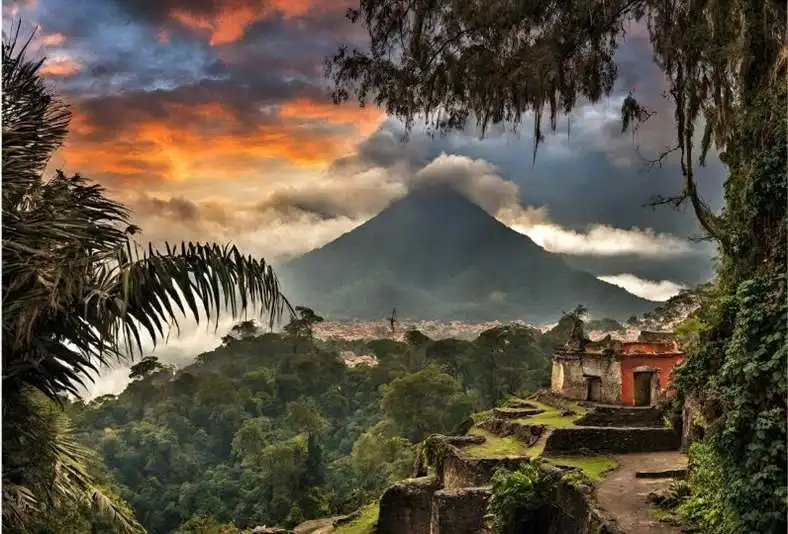
Conclusion:
Guatemala’s story is one of resilience, diversity, and transformation, as the country navigates the challenges and opportunities of the 21st century. Its rich cultural heritage, diverse landscapes, and enterprising people make it a dynamic and captivating place to explore. As Guatemala continues on its journey of growth and development, it faces numerous challenges and uncertainties, from addressing social inequality and environmental sustainability to promoting economic prosperity and democratic governance. Despite the complexities and hardships, Guatemala’s spirit of ingenuity, creativity, and optimism shines brightly, inspiring both its citizens and the world at large.


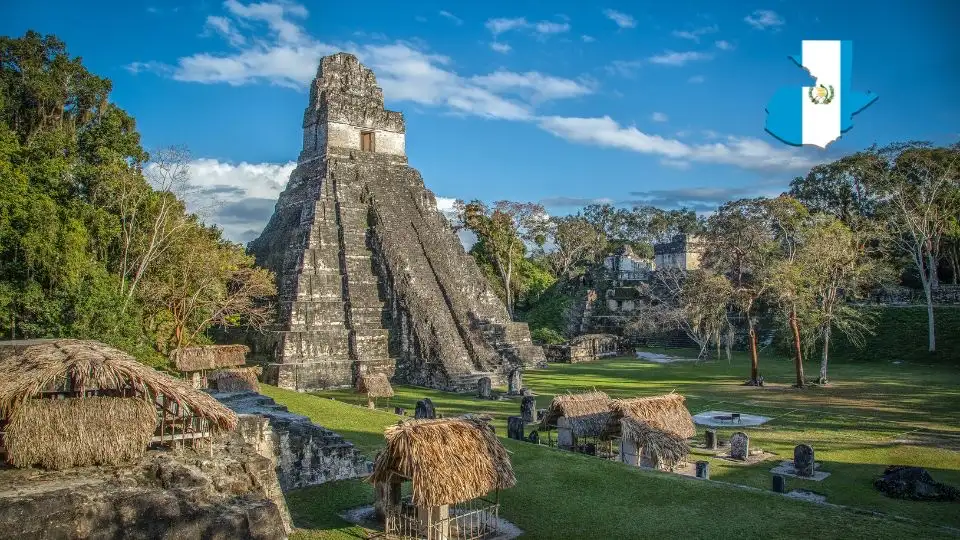
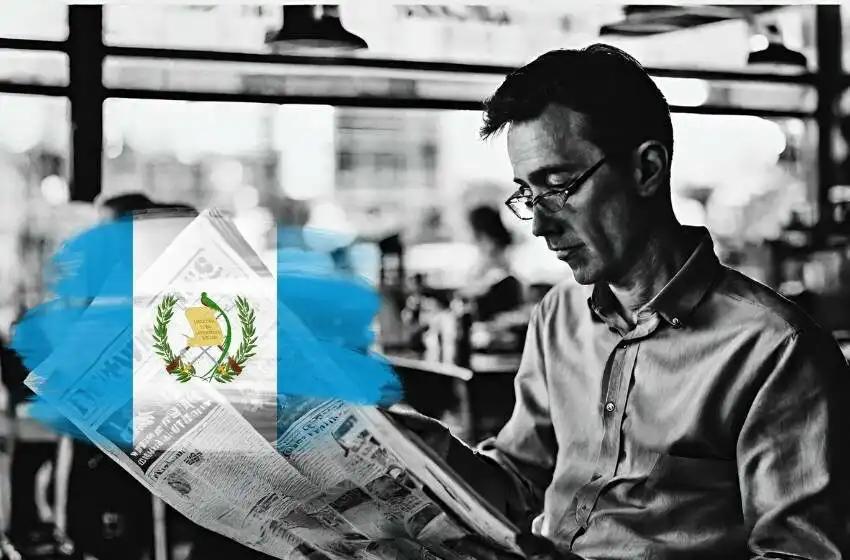
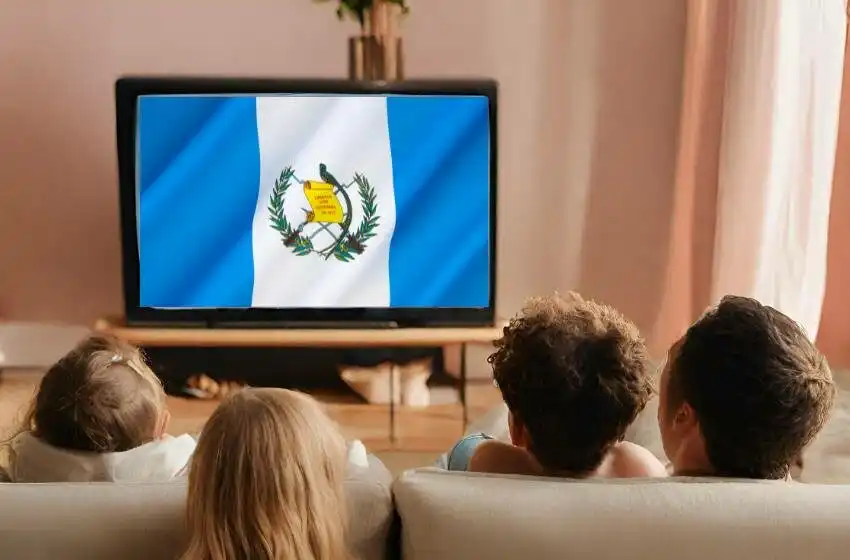

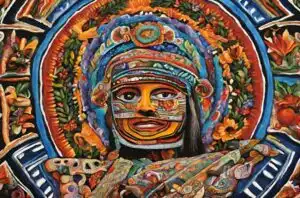
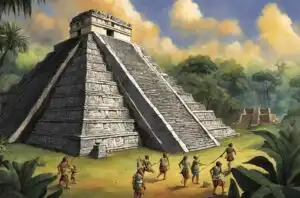
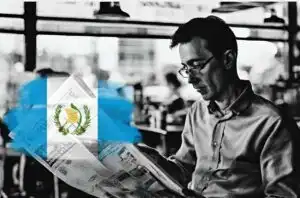



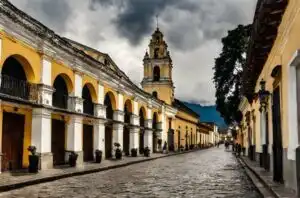
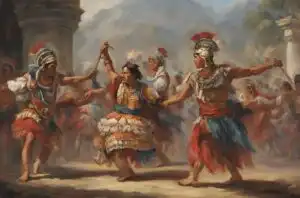
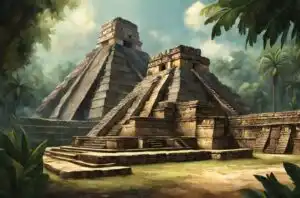
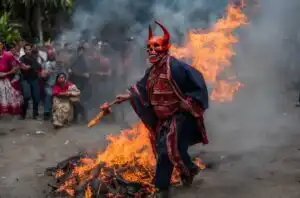

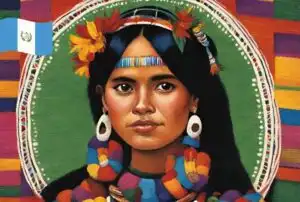


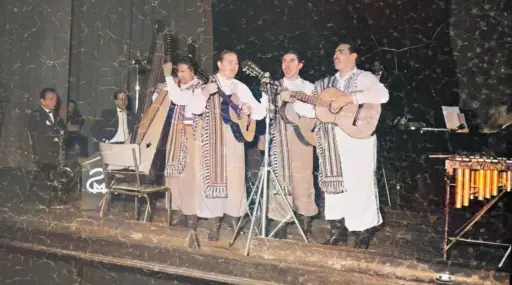

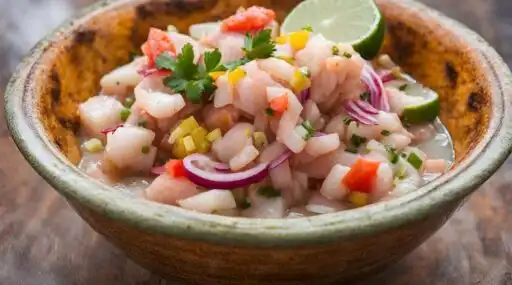
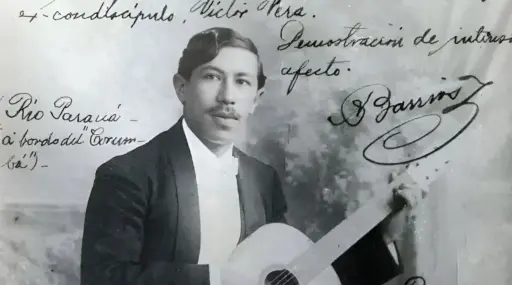
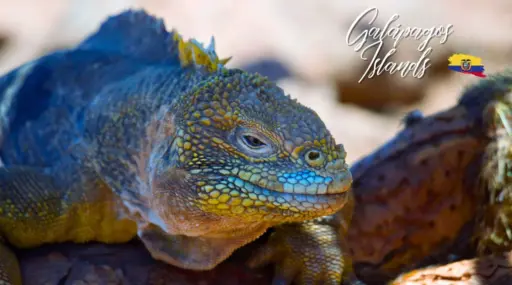



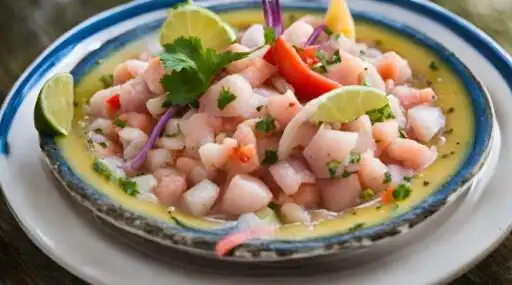


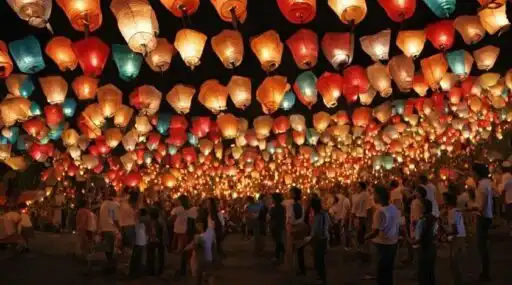
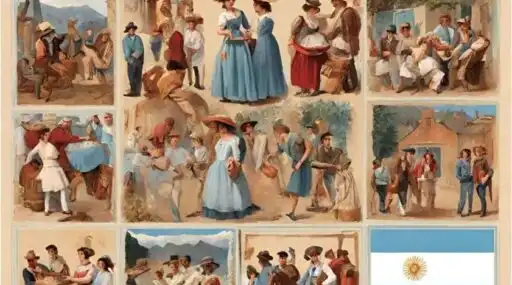
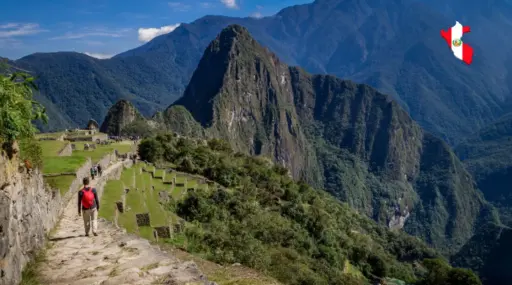
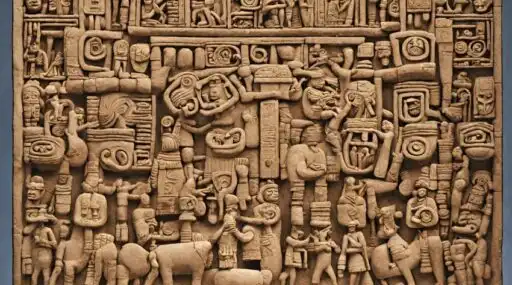

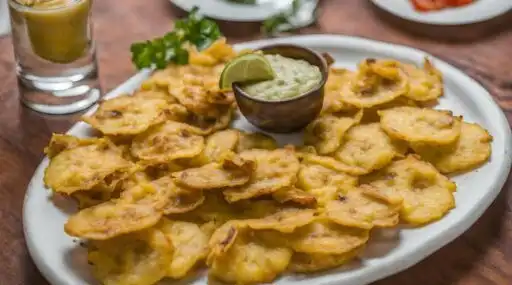

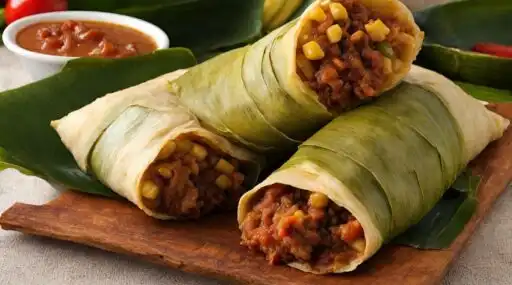

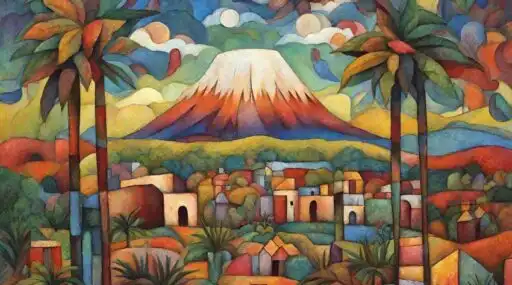
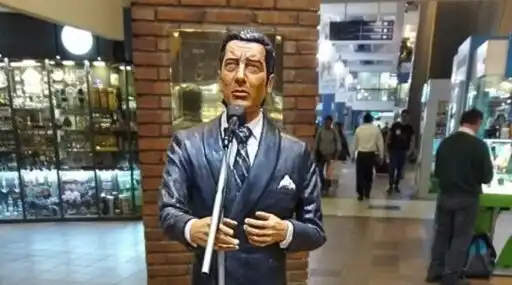

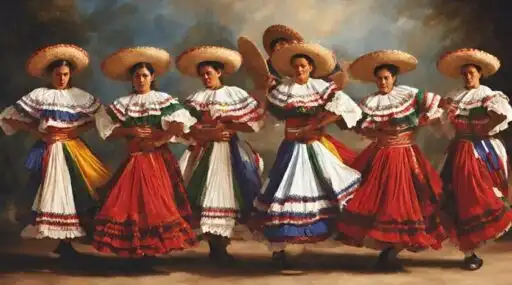
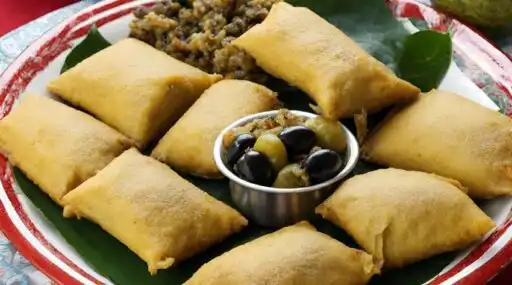
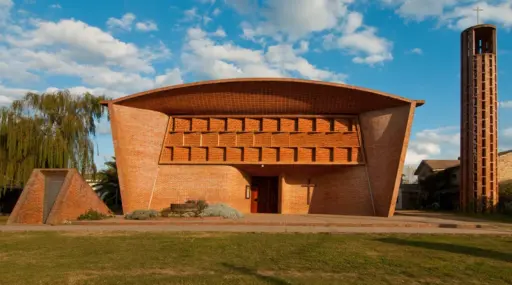

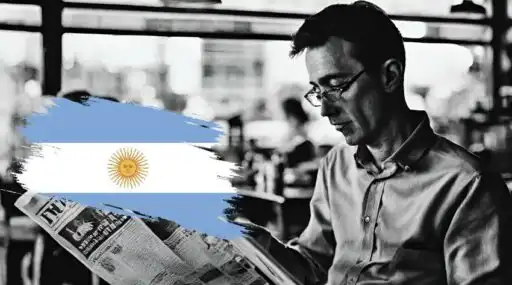
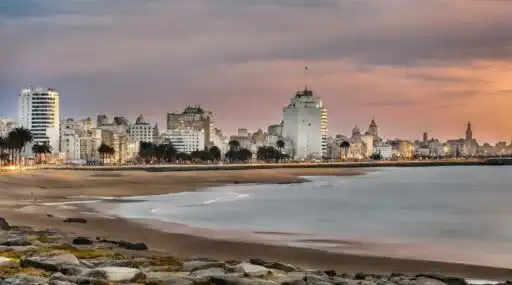

Leave a Reply